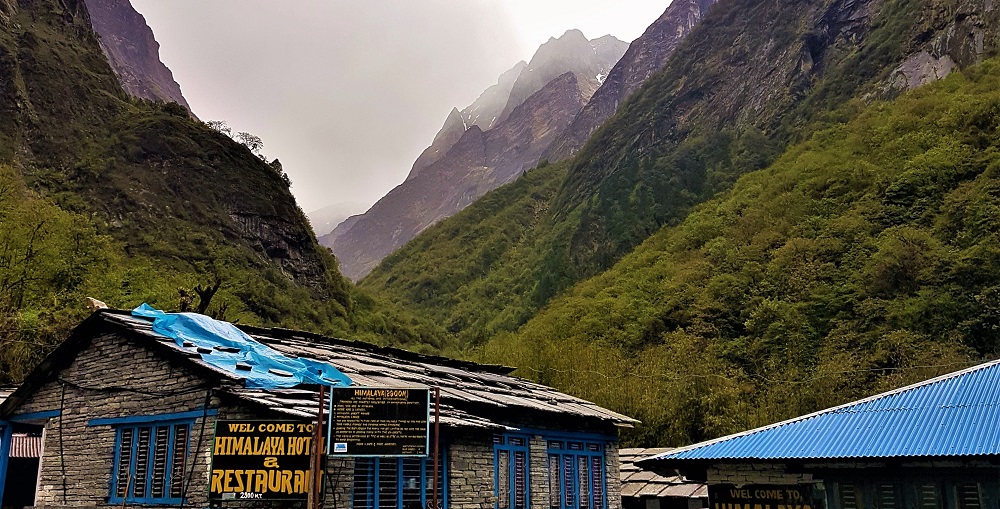Everything you need to know about Annapurna Base Camp Trek in May
Here's everything you need to know about trekking to Annapurna Base Camp in May:
1. Weather:
May is a transition month between spring and the monsoon season in Nepal. The weather during this time can be warm and humid, especially at lower elevations. While the days are generally clear and sunny, it's important to be prepared for occasional rain showers or thunderstorms, particularly in the afternoons or evenings. The temperature at lower elevations ranges from 15°C to 25°C (59°F to 77°F), providing pleasant conditions for trekking. However, temperatures at higher altitudes, including Annapurna Base Camp, can range from 5°C to 15°C (41°F to 59°F), so carrying appropriate layers is essential.
2. Lush Greenery:
May is a month of abundant greenery in the Annapurna region. The hills and forests come alive with various shades of green as the foliage flourishes after the arrival of spring. The landscape is adorned with blooming flowers, including wild orchids and other alpine flora. Trekking through this verdant scenery provides a refreshing and soothing experience, offering a close connection with nature.
3. Rhododendrons and Wildflowers:
While the rhododendron season typically peaks in March and April, you can still find some remaining blooms in May, particularly at lower elevations. The vibrant red, pink, and white rhododendrons add splashes of color to the trail. Additionally, May showcases a diverse array of wildflowers, including primroses, iris, and daisies, creating a beautiful tapestry of colors along your trekking route.
4. Clear Mountain Views:
May offers excellent visibility, providing breathtaking views of the Annapurna mountain range. The clear blue skies reveal the snow-capped peaks in all their grandeur. You'll be treated to unobstructed panoramas of iconic mountains such as Annapurna I, Annapurna South, Machhapuchhre (Fishtail), and Hiunchuli. The crystal-clear views make for unforgettable moments and incredible photo opportunities.
5. Moderate Crowds:
May is a popular month for trekking in the Annapurna region, so you can expect moderate crowds on the trails and at teahouses. While it may be busier compared to the earlier months of the year, it still provides a relatively quieter experience compared to the peak trekking season in October and November. Making advance teahouse bookings is recommended to secure your accommodation, especially at popular overnight stops like Ghorepani and Chhomrong.
6. Longer Days:
May benefits from longer daylight hours, allowing for more time to trek and explore the surroundings. The sun rises early and sets later, giving you extended periods of daylight for your daily hikes. You can start your trek early in the morning, take breaks to rest and enjoy the scenery, and still have sufficient time to reach your destination before sunset. The longer days provide a more relaxed and leisurely trekking experience.
7. Pre-Monsoon Showers:
May falls in the pre-monsoon season, and there is a higher chance of rain showers or thunderstorms, particularly in the afternoons or evenings. It's important to be prepared for wet conditions by carrying proper rain gear, including a waterproof jacket, rain pants, and a waterproof backpack cover. Quick-drying clothing is recommended to stay comfortable during and after rainfall. Additionally, trekking shoes with good traction will help navigate potentially slippery trails.
8. Cultural Encounters:
Along the trekking route, you'll have the opportunity to immerse yourself in the local culture. Interacting with the warm and hospitable people of the region, visiting teahouses run by local families, and exploring traditional villages will give you insights into the local way of life. You can learn about their customs, traditions, and daily routines, enhancing your overall trekking experience with cultural richness.




.jpg)



